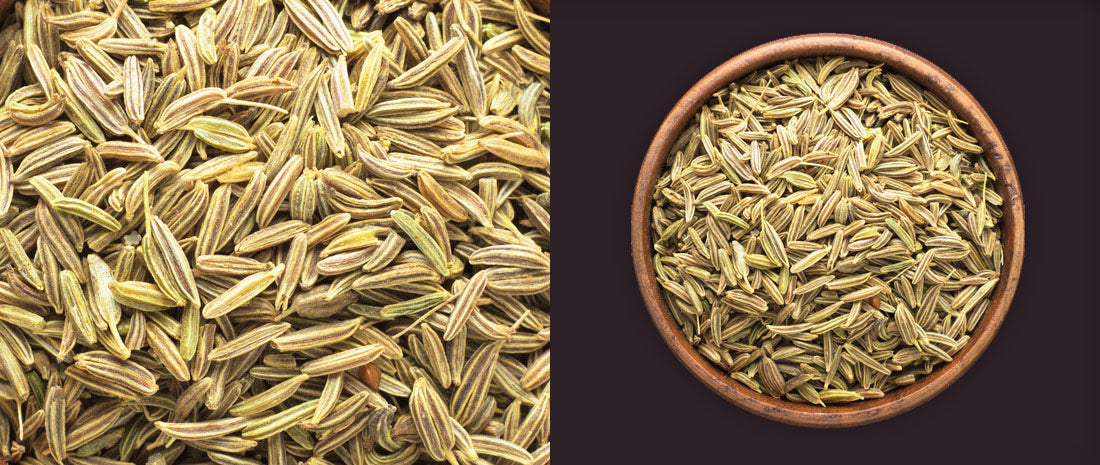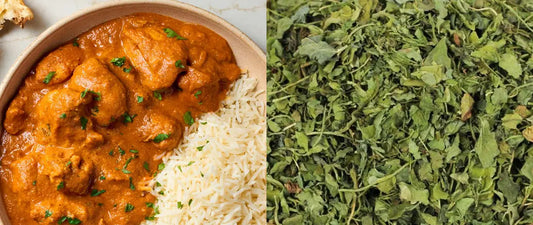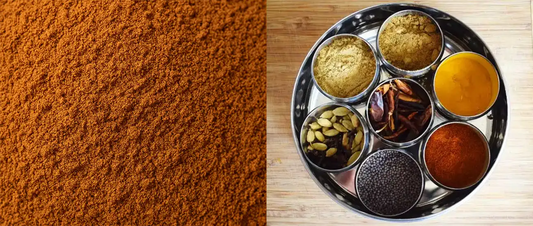
What Are Cumin Seeds (Jeera)? Everything You Need to Know
Table of Contents
- 1. What are cumin seeds?
- 2. What are the health benefits of cumin seeds?
- 3. How to use cumin seeds in cooking?
- 4. What recipes use cumin seeds?
- 5. What is the nutritional content of cumin seeds?
- 6. What is the difference between cumin seeds and cumin powder?
- 7. What can be used as a substitute for cumin seeds?
These tiny seeds, from the Cuminum cyminum plant, are native to the East Mediterranean and India, and are now cultivated in regions as diverse as Iran and China. Used since 5000 BC, cumin seeds are not just a flavour enhancer but also a source of numerous health benefits, from aiding digestion to controlling blood sugar. This article goes into the world of cumin seeds, exploring their health benefits, culinary uses, and more.
What are cumin seeds?
Cumin seeds, known as Jeera in India, are the dried seeds of the Cuminum cyminum plant, a member of the parsley family (Apiaceae). This plant is native to the East Mediterranean and India, with significant cultivation regions such as Iran, India, and China.
Cumin seeds are oblong in shape, with a ridged surface. They are about 1/4 to 1/2 inch long and have a rough, furrowed texture. These seeds can vary in colour, ranging from light brown to dark brown, depending on their maturity and processing methods. The seeds contain essential oils, which are the source of cumin’s distinctive flavour and aroma. These oils give cumin its warm, earthy flavour with a hint of both sweetness and bitterness.

Fun fact: Cumin is one of the oldest known spices, with evidence of its use dating back to 5000 BC.
What are the health benefits of cumin seeds?
Cumin seeds not only enhance the flavour of your dishes but also offer potential health benefits:- Promotes digestion: Cumin aids digestion by increasing the activity of digestive proteins. It may also reduce symptoms of irritable bowel syndrome.
- Rich source of iron: Cumin seeds are naturally rich in iron, which is beneficial for people suffering from anemia.
- Weight loss and blood sugar control: Research suggests that cumin may promote weight loss and improve blood sugar and cholesterol levels.
- Contains beneficial plant compounds: Cumin contains lots of plant compounds that are linked with potential health benefits, including terpenes, phenols, flavonoids, and alkaloids.
Please note that we're not health professionals, and the information provided is solely based on research - click the links above to view the sources. We recommend consulting with a medical professional before making any changes to your diet or lifestyle.
How to use cumin seeds in cooking?
Cumin seeds can be used in a variety of ways in cooking. Here are some methods and tips:
- Roasting cumin seeds for enhanced flavour: Dry roast a small amount of cumin seeds in a pan, allow them to cool, then grind them in a spice grinder or mortar and pestle. Toasted cumin seeds have an earthy flavour, but once the spice has been ground, it develops more floral notes.
- Cooking with cumin seeds: Cumin seeds can be cooked in hot oil until they pop and release their flavour. Be careful not to cook them too long.
- Incorporating cumin seeds into dishes: You can add a pinch of cumin seeds to your favourite marinades for meats or vegetables, sprinkle crushed cumin seeds over roasted veggies for an extra layer of flavour, or use cumin seeds to season homemade bread or crackers.

What recipes use cumin seeds?
Cumin seeds are incredibly versatile in the kitchen. They are a staple in many cuisines and are used in both traditional and modern dishes. Here are some common culinary applications:
- Baking: Ground cumin or freshly crushed seeds add a delightful flavour to breads and pastries. For example: Cumin Bread, Cumin Crackers, and Cumin Cookies.
- Curries: Cumin is often included in spice blends for curries, lending a warm, earthy aroma to these dishes. For example: Chicken Tikka Masala, Biryani, Lamb Rogan Josh.
- Rice and Grain Dishes: A few crushed cumin seeds can elevate the flavour of rice and grain-based dishes. For example: Jeera Rice, Pilaf (Pulao), Kheer (Rice Pudding).
- Desserts: Cumin pairs wonderfully with certain sweets, infusing flavours into dishes like rice pudding and certain types of cookies. For example: Cumin Cookies, Cumin Infused Rice Pudding.
- Meat Dishes: Cumin is a key ingredient in many meat dishes, especially in Middle Eastern cuisine. For example: Lamb Tagine, Chicken Shawarma, and Beef Kofta.
- Vegetarian Dishes: Cumin’s earthy flavour complements many vegetarian and vegan dishes. For example: Falafel, Hummus, Chana Masala.

Read more: see more of our recipes here.
What is the nutritional content of cumin seeds?
Cumin seeds are a nutritional powerhouse. Here’s a breakdown of their nutritional content:
| Nutrient | Amount per 2.1g serving |
|---|---|
| Calories | 7.9 cal |
| Fat | 0.5 g |
| Protein | 0.4 g |
| Carbohydrates | 0.9 g |
| - Sugar | 0.1 g |
| - Dietary Fiber | 0.2 g |
| Iron | 1.4 mg |
| Other Minerals | Manganese, Calcium, Magnesium, Phosphorus, Potassium |
| Vitamins | Vitamin C, Vitamin E, Vitamin B1 |
Please note that the nutritional content can vary slightly based on the specific variety of cumin and growing conditions. It’s always a good idea to check the nutritional information on the packaging if you’re monitoring your intake of specific nutrients.
What is the difference between cumin seeds and cumin powder?
Cumin seeds and cumin powder are essentially the same spice in different forms, both from the dried seeds of the plant. Here are some of the differences:
- Form and texture: Cumin seeds are small, oblong-shaped, and slightly curved, with a colour ranging from pale yellow to dark brown. Cumin powder, on the other hand, is made by grinding cumin seeds and has a finer, sand-like texture.
- Flavour profile: Both forms have an earthy, warm flavour, but the flavour of cumin seeds is enhanced when you roast them slightly, which can be done using a dry pan at a moderate level of heat. Powdered cumin has a strong nutty flavour, and even a small quantity can enrich the food taste.
-
Usage in cooking: Cumin seeds are usually part of Indian recipes, where they are added to the oil at the start of the recipe. The intention behind adding the cumin seeds to the hot broth and oil is that it allows the flavour and aroma to disperse in the recipe1. Cumin powder is a desirable ingredient part of Middle Eastern and Mexican recipes such as soups, chilli, barbecue sauce, and marinades.
What can be used as a substitute for cumin seeds?
If you’re out of cumin seeds, there are several alternatives you can try:
- Ground coriander: Coriander belongs to the same parsley family as cumin but doesn’t have the same flavour. It has a floral, sweet, and lemony flavour and light aroma, whereas cumin is nutty, bitter, and spicy with a stronger aroma. If your recipe calls for 1 teaspoon of cumin you can use ½ teaspoon of ground coriander and a bit of chilli powder to add some heat to your dish.
- Chilli powder: Chilli powder is usually made from chilli pepper, paprika, cumin, onion and garlic powder, and oregano. If you are using chilli powder as a substitute for cumin you will also get different flavours from the ingredients used in chilli powder and it may also affect the color of your dish. Substitute one teaspoon of cumin with ½ teaspoon of chilli powder.
- Caraway seeds: Caraway seeds resemble cumin seeds in their oblong shape and mustardy-brown colour. While a bit milder than cumin, caraway still makes an excellent substitute. A good general rule is that caraway seeds should substitute for cumin seeds, while ground caraway should replace the ground version
- Curry powder: Curry powder has an earthy, spicy, and sweet flavour. To substitute, use half the amount of cumin called for in the recipe.


